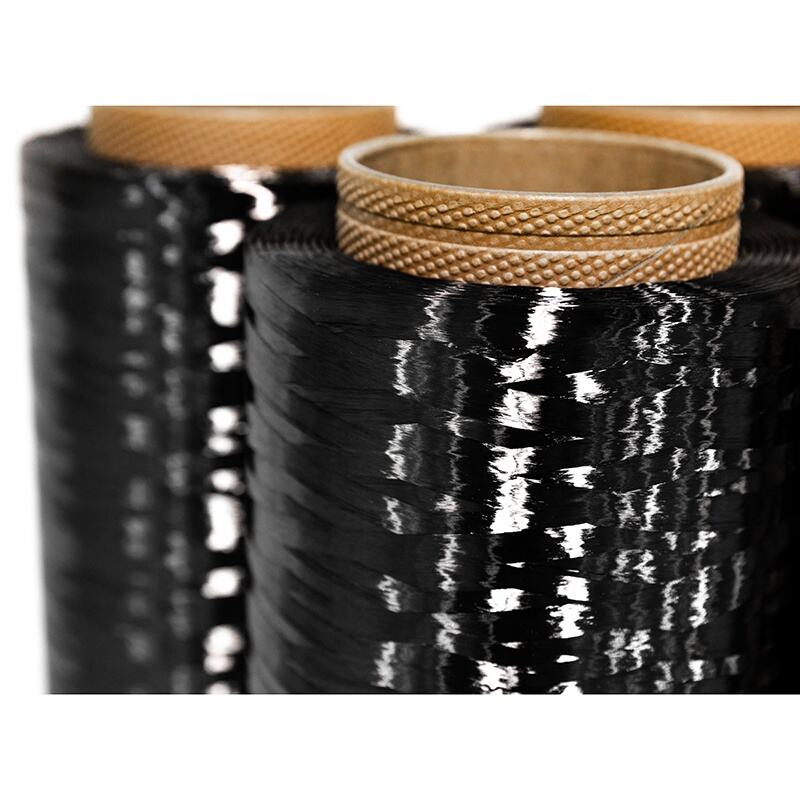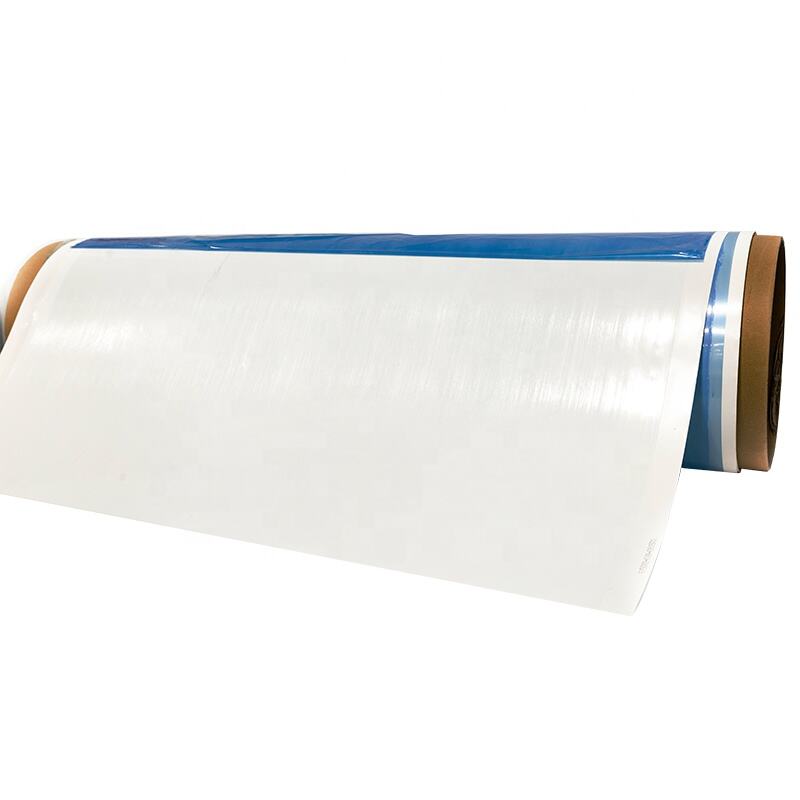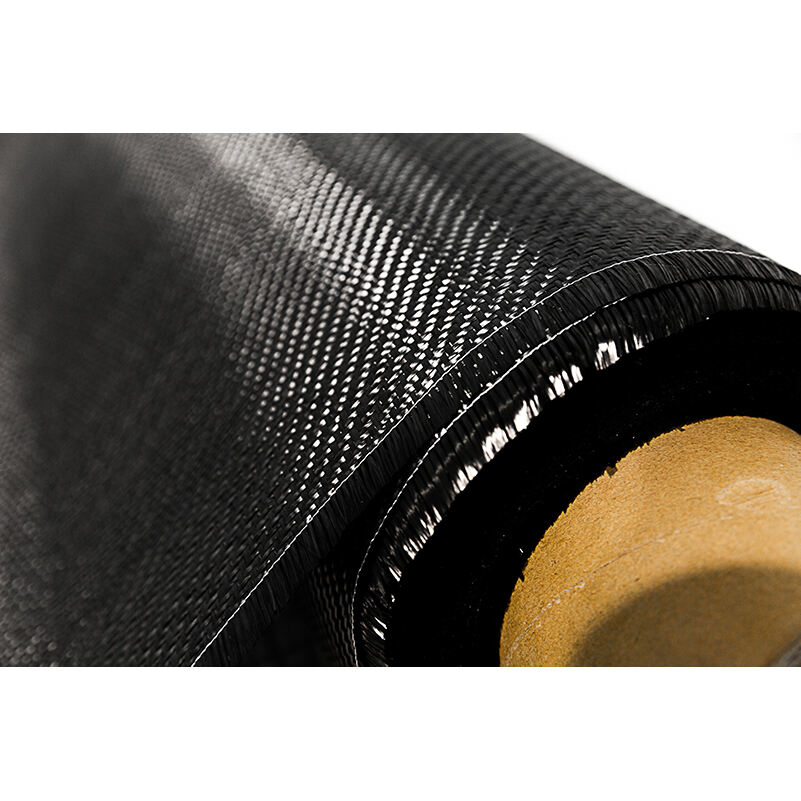carbon fiber cloth price
Carbon fiber cloth price represents a critical consideration in the composite materials market, reflecting the advanced manufacturing processes and superior quality of this versatile material. The cost typically ranges from $15 to $100 per square yard, depending on various factors including weave pattern, fiber grade, and manufacturing specifications. This material combines exceptional strength-to-weight characteristics with remarkable durability, making it highly sought after in aerospace, automotive, and industrial applications. The price structure reflects the sophisticated production process, which involves carefully weaving thousands of carbon fiber filaments into precise patterns. These patterns determine the cloth's structural properties and ultimately influence its performance capabilities. Modern manufacturing techniques have helped optimize production costs while maintaining the material's high-performance standards. The market offers different grades of carbon fiber cloth, from standard modulus to high modulus varieties, each with corresponding price points that reflect their specific applications and performance characteristics. Understanding the price dynamics helps businesses make informed decisions about material selection and project budgeting, ensuring optimal value for their specific applications.


